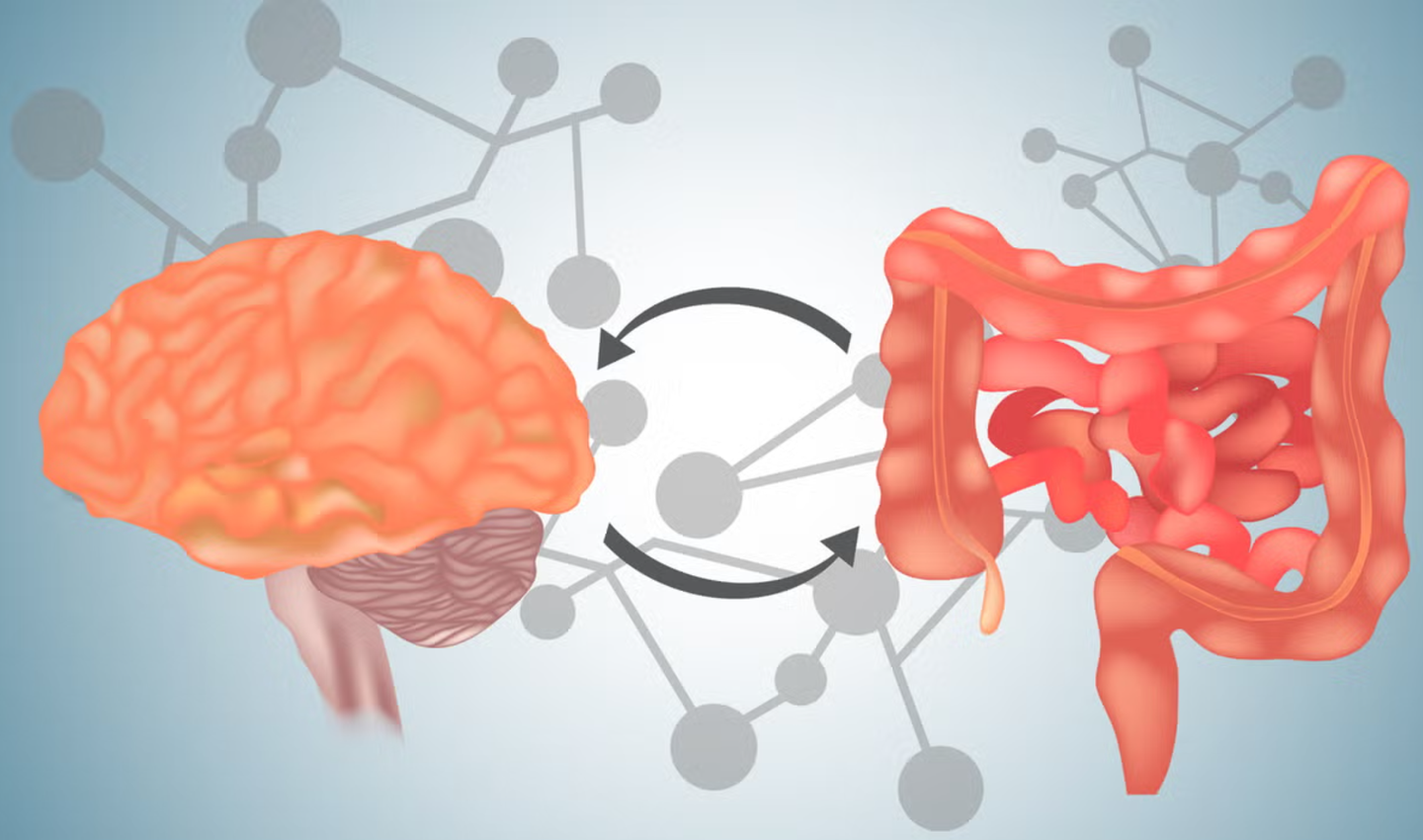Reduced muscle strength could be a dementia warning sign
Research indicates this could also be a signal for another sinister health concern of ageing: late-life dementia.

[May 2, 2023: Staff Writer, The Brighter Side of News]
It’s generally accepted we will lose muscle strength and slow down as we age, making it more difficult to perform simple tasks such as getting up, walking and sitting down. (CREDIT: Creative Commons)
Dementia is a progressive neurological disorder that affects millions of people worldwide. It is characterized by a decline in cognitive abilities, including memory, reasoning, and judgment. Alzheimer's disease is the most common form of dementia, accounting for 60-80% of all cases.
There is currently no cure for dementia, and treatment options are limited. However, early detection and intervention can help slow the progression of the disease and improve quality of life for those affected.
It’s generally accepted we will lose muscle strength and slow down as we age, making it more difficult to perform simple tasks such as getting up, walking and sitting down.
But new research indicates this could also be a signal for another sinister health concern of ageing: late-life dementia.
A study conducted by ECU’s Nutrition & Health Innovation Research Institute and Centre for Precision Health utilized data from the Perth Longitudinal Study of Ageing in Women to examine over 1,000 women with an average age of 75.
The research team collaborated with the University of Western Australia and measured the women’s grip strength and timed-up-and-go (TUG) performance. The tests were repeated after five years to monitor any loss of performance.
Related Stories
Over the next 15 years, nearly 17% of women in the study were found to have had a dementia-related hospitalization or death. The team found lower grip strength and slower TUG performance to be significant risk factors for presenting with dementia, independent of genetic risk and lifestyle factors such as smoking, alcohol intake, and physical activity levels.
Women with the weakest grip strength were found to be over twice as likely to have a late-life dementia event than the strongest individuals. A similar relationship emerged between TUG performance and dementia, with the slowest in their TUG test more than twice as likely to experience dementia than the quickest.
A decrease in grip strength and TUG performance after five years was linked with greater dementia risk. Those who had experienced the biggest decline in grip strength and TUG speed were approximately 2 and 2.5 times more likely, respectively, to have had a dementia event compared to those in the group who recorded the smallest decline in performance. Women with the biggest drop in TUG performance were found to be over four times more likely to have a dementia-related death than the fastest.
Restricted cubic splines based on multivariable-adjusted Cox proportional hazards analysis highlighting the relative hazard between (A) hand grip strength and (B) timed-up-and-go with any late-life dementia event (hospitalization/death) over 14.5 years. (CREDIT: Wiley Online Library)
Senior researcher Dr. Marc Sim said that grip strength may be a measure of brain health due to the overlapping nature of cognitive and motor decline.
“Possibly due to a range of underlying similarities, grip strength may also present as a surrogate measure of cardiovascular disease, inflammation and frailty, which are known risk factors for dementia,” Dr. Sim said. “Incorporating muscle function tests as part of dementia screening could be useful to identify high-risk individuals, who might then benefit from primary prevention programs aimed at preventing the onset of the condition such as a healthy diet and a physically active lifestyle."
Dr. Sim said the findings from the study could help health professionals to identify dementia risk in patients earlier. "The exciting findings were that the decline in these measures was associated with substantially higher risk, suggesting that if we can halt this decline, we may be able to prevent late-life dementias. However, further research is needed in this area.”
Multivariable-adjusted Cox proportional hazards analysis for late-life dementia events (hospitalization and/or death) dichotomized by weak hand grip strength (A) or slow timed-up-up-and-go (B) in-conjunction with/without the presence of the apolipoprotein E ℇ4 (APOE ε4). (CREDIT: Wiley Online Library)
Centre for Precision Health Director Professor Simon Laws said there has been encouraging progress in identifying early warning signs of dementia. “We are now starting to see a number of simple yet indicative screening assessments that could be combined with other biological and clinical measures to provide a holistic risk-profile for individuals presenting to their GP with, for example, memory concerns,” he said.
The study’s findings are crucial, given that dementia has become a significant public health concern in recent years. As populations age, the prevalence of dementia is expected to rise, leading to a significant social and economic burden. According to the World Health Organization (WHO), dementia is currently the seventh leading cause of death worldwide.
Participant flow chart. APOE, apolipoprotein E; FRS, General Framingham Risk Sore. Grip strength and timed-up-and-go (TUG) was assessed in 1052 women at 5 years. (CREDIT: Wiley Online Library)
While the study focused solely on women, the researchers believe that the findings could apply to men as well. The researchers hope that the results of their study will help healthcare providers identify high-risk individuals earlier and implement primary prevention programs aimed at preventing the onset of dementia.
Dr. Sim and his team's research is part of a growing body of evidence linking physical fitness and muscle strength with cognitive health. Previous studies have found that regular exercise and physical activity can help reduce the risk of cognitive decline and dementia.
One such study, published in the journal Neurology, found that women who walked regularly for exercise had a lower risk of cognitive decline than those who did not. The study followed nearly 7,000 women over the age of 65 for up to 20 years.
Another study, published in the Journal of Alzheimer's Disease, found that a combination of physical exercise and cognitive training was more effective at reducing the risk of dementia than either intervention alone.
Dr. Sim and his team hope that their findings will encourage healthcare providers to incorporate muscle function tests into routine dementia screening protocols. These tests are easy to administer, inexpensive, and can provide valuable information about a person's cognitive health.
"The exciting findings were that decline in these measures was associated with substantially higher risk, suggesting that if we can halt this decline, we may be able to prevent late-life dementias," Dr. Sim said. "However, further research is needed in this area."
The research team plans to conduct further studies to investigate the relationship between muscle function and dementia in more detail. They hope that their work will help identify new strategies for preventing and treating dementia, a devastating disease that affects millions of people worldwide.
Note: Materials provided above by The Brighter Side of News. Content may be edited for style and length.
Like these kind of feel good stories? Get the Brighter Side of News' newsletter.



